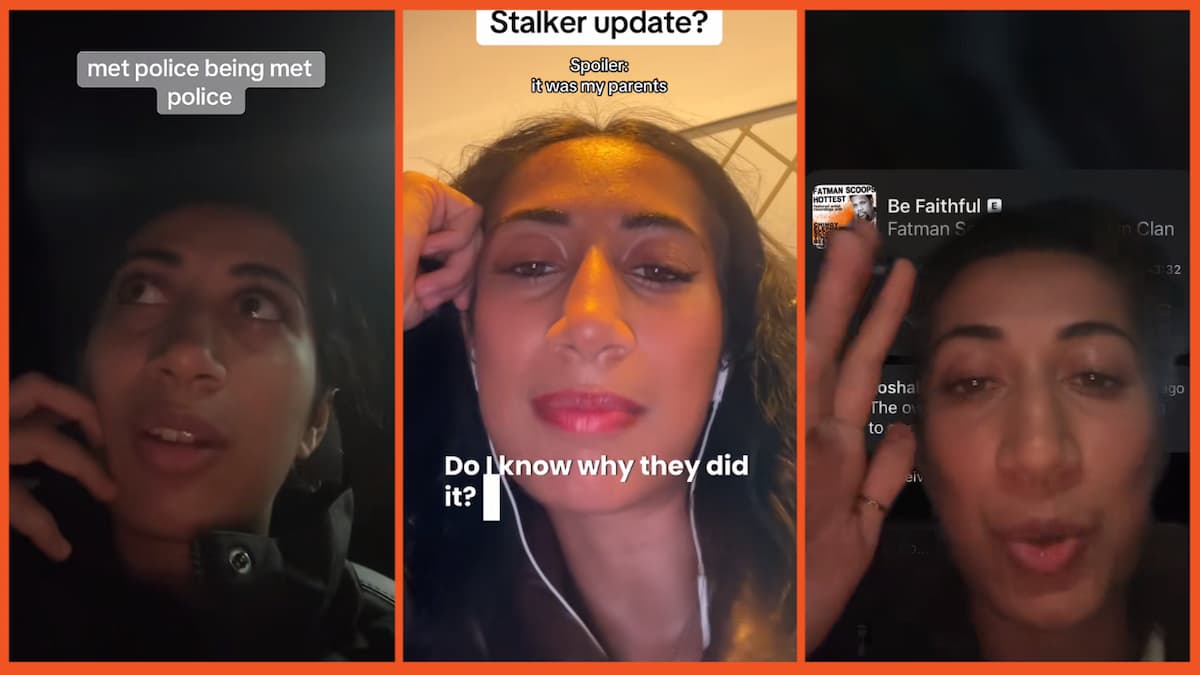Certain crimes etch an enduring impression on public consciousness. Lingering in memory for years, these cases thrust everyone involved into the spotlight, transforming them from anonymous figures into unforgettable names. The 2007 murder of Meredith Kercher in the university town of Perugia, Italy, is a prime example. Beyond rattling public sentiment across three countries, the media spectacle around the suspects almost eclipsed the memory of the victim.
In the lineup of suspects, one name dominated the headlines like no other. Hailing from Seattle, Amanda Knox found herself initially convicted of murder alongside her then-boyfriend, Raffaele Sollecito. Her journey became a widely publicized legal battle that culminated in her acquittal and freedom. However, well before that resolution, the case took on international proportions. Her figure became a focal point for media scrutiny, casting an overpowering shadow that penetrated the courtroom throughout the trial.
A 21-year life undone
Meredith Kercher, born in Southwark, South London in December 1985, was just 21 when she was tragically murdered. A student of European politics and Italian language at the University of Leeds, her passion for Italy landed her in Perugia in 2007 as an exchange student. In her shared cottage apartment lived two Italians, Filomena Romanelli and Laura Mezzetti, and an American, Amanda Knox.
On the night of Nov. 2, 2007, Meredith Kercher suffered a brutal demise in her own home. Her lifeless body, partially undressed, was discovered in her room. Investigations uncovered a horrifying sequence of events — she had been ruthlessly stabbed 50 times, sexually assaulted, and violently beaten. Her death allegedly resulted from a vicious throat cut inflicted with a sharp knife. The autopsy report suggested she may have been held by the neck and threatened with a knife to her throat. The police, describing the crime scene as shocking, found her in a pool of blood.
Amanda Knox, Meredith Kercher’s roommate and friend, later told the police about the open front door and dried blood she spotted upon returning home the next morning. But it was her boyfriend at the time, Raffaele Sollecito, who sounded the alarm. Soon after the body was found, Knox and Sollecito were taken into custody as the main suspects.
An (almost) certain sentence
In the early stages of the investigation, Knox initially placed herself at Sollecito’s home during the tragedy. However, she later changed her story, asserting that she was at her place and had heard Patrick Lumumba, the owner of the bar where she worked, assaulting her roommate. Then she revised her account once again, blaming investigators for pushing her into that version. Lumumba, with a solid alibi, walked free after spending two weeks in prison. He later pursued legal action against Knox for libel.
Soon after the murder, Knox and Sollecito were arrested. Knox’s foggy story was dismissed as dishonest, while Sollecito found himself tied to the crime with his DNA on the victim’s bra and a bloody Nike footprint near the body. A 6½-inch kitchen knife discovered at his place also raised suspicions, bearing both Knox and Kertcher’s DNA.
“My statements […] were made under the pressures of stress, shock, and extreme exhaustion. Not only was I told I would be arrested and put in jail for 30 years, but I was also hit in the head when I didn’t remember a fact correctly,” justified Amanda Knox in her media statement on Nov. 6.
A new figure emerged in the murder case soon after: Rudy Guede, 20, Ivory Coast native, whose palm print was found on a pillow at the crime scene, as well as his DNA on the victim’s body and in the bathroom. Among the trio, he was the sole confessor to being in the house that night, consistently claiming that an unidentified assailant took the girl’s life while he was away from the room.
Closing the first chapter of investigations and court hearings on July 11, 2008, prosecutors charged Knox, Guede, and Sollecito with murder. Guede got a guilty verdict and a 30-year sentence, later trimmed to 16 years on appeal in 2009.
Fast forward to 2009, when Knox and Sollecito faced their first trial. The media circus ensued, with global reporters flooding the courtroom. Outside, crowds gathered with posters in hand. The jury ultimately pronounced both guilty on all counts, with Knox receiving a 26-year sentence and Sollecito 25 years. Applause reportedly echoed from the crowd outside upon hearing the sentence.
A legal rollercoaster
In 2014, the sentence appeared rock-solid, immune to change. However, in a surprising turn of events the Italian Supreme Court completely overturned the verdict merely one year later. In March 2015, both Sollecito and Knox were absolved of all charges and set free. The entire sentence, as per the court’s perspective, was whimsical. The judge concluded that forensic investigations were marred by serious missteps and glaring errors, rendering the accusations inadmissible.
Securing a victory in a European Human Rights Court case against the Italian government, Knox was awarded £16,000 in reimbursement for the unfair treatment she endured during investigations. Reaffirming her stance, she insisted that Italian police exerted pressure and neglected proper procedures. She also reiterated being slapped by cops, although this allegation has never been substantiated.
“I was interrogated for 53 hours over five days, without a lawyer, in a language I understood maybe as well as a ten-year-old. When I told the police I had no idea who had killed Meredith, I was slapped in the back of the head and told to ‘Remember!,” she shared on her blog.
Raffaele Sollecito also found full exoneration from the murder charges after spending almost four years behind bars. Despite seeking £400,000 to offset his legal costs, he received no compensation due to the perceived inconsistency and falsehoods in his early statements during the investigation.
Rudy Guede stood as the sole person convicted in the case, as per the judicial truth, for single-handedly killing Meredith Kercher after a sexual assault. In 2021, he was granted permission to complete the remainder of his sentence through community service.
17 years post-tragedy
17 years have come and gone, and Amanda Knox has long been a free woman. But what’s she been up to lately?
Behind bars, Amanda Knox dreamt of freedom, family, and a career – dreams she’s now living. Since her 2011 return home, she has partnered with the Innocence Project, striving to address wrongful convictions. Beyond advocacy, Knox has ventured into journalism, authoring the memoir Waiting to Be Heard, and hosting the podcast “The Truth About True Crime with Amanda Knox.” In 2020, she married activist and poet Christopher Robinson, and the couple expanded their family with the arrival of two children.
Despite securing her freedom, Amanda Knox still grapples with the lingering impact of the 2007 case. She’s immersed in a legal battle to overturn the slander conviction tied to wrongly accusing Perugia bar owner Patrick Lumumba. Active on social media and in the press, Knox consistently addresses the wrongful conviction and its profound impact on her life and relationships. In a 2016 Netflix documentary, she reflected on how the case has molded her character. Skepticism about her innocence persists among many.
As she recites in the documentary opening: “Either I’m a psychopath in sheep’s clothing, or, I am you.”










Published: Mar 12, 2024 07:03 pm